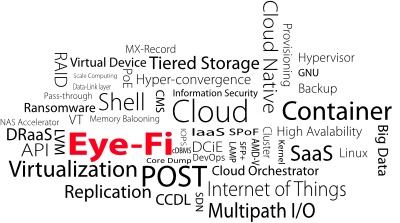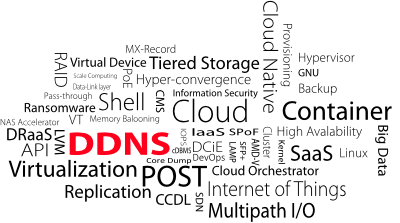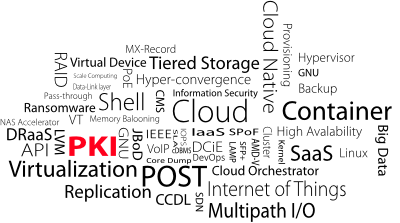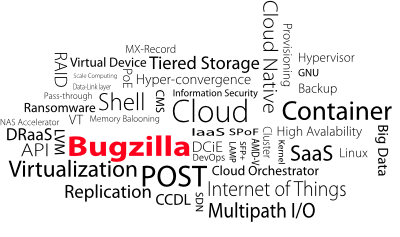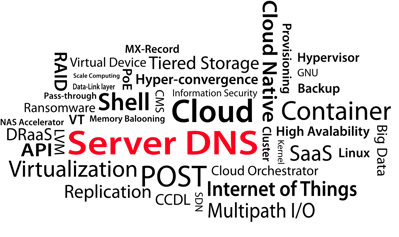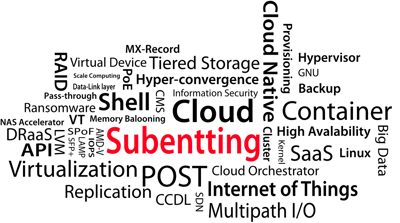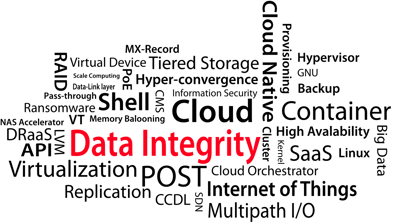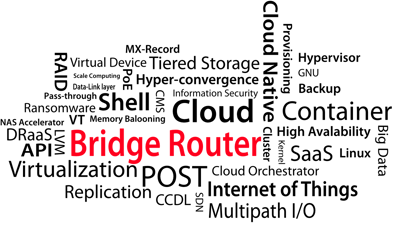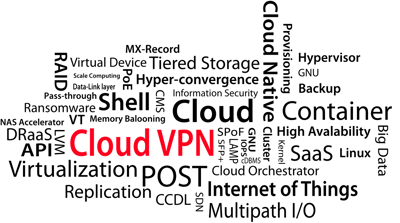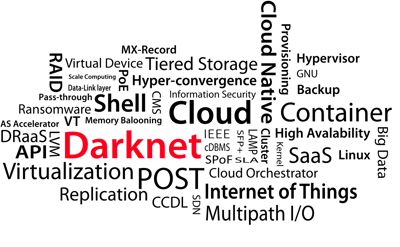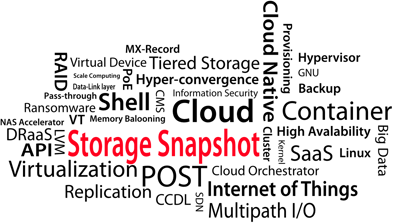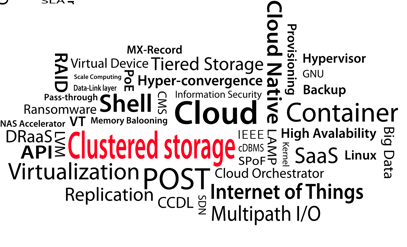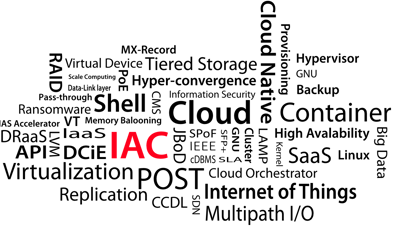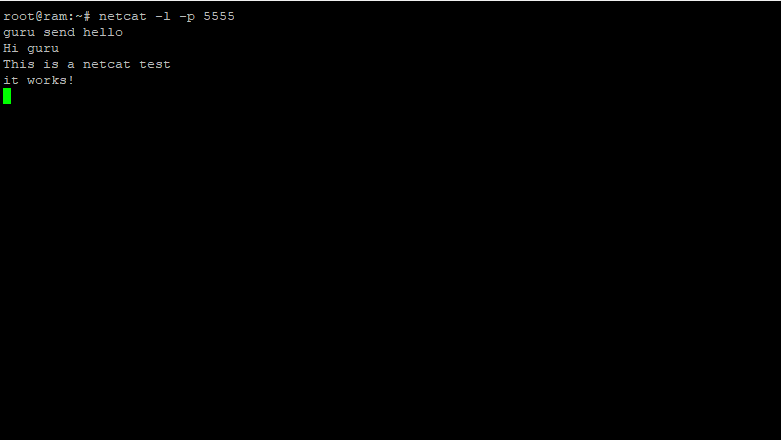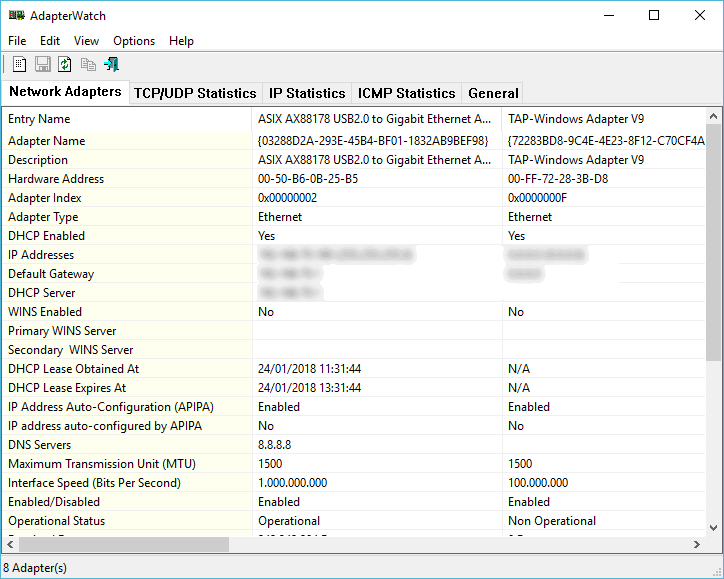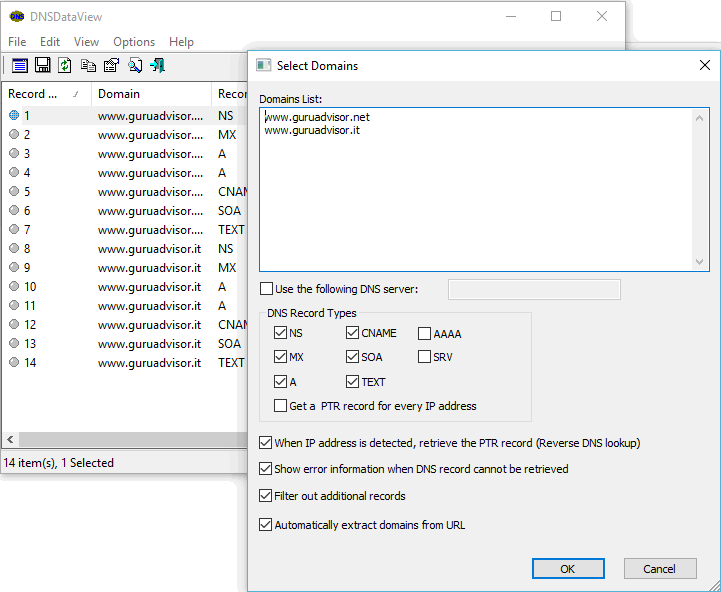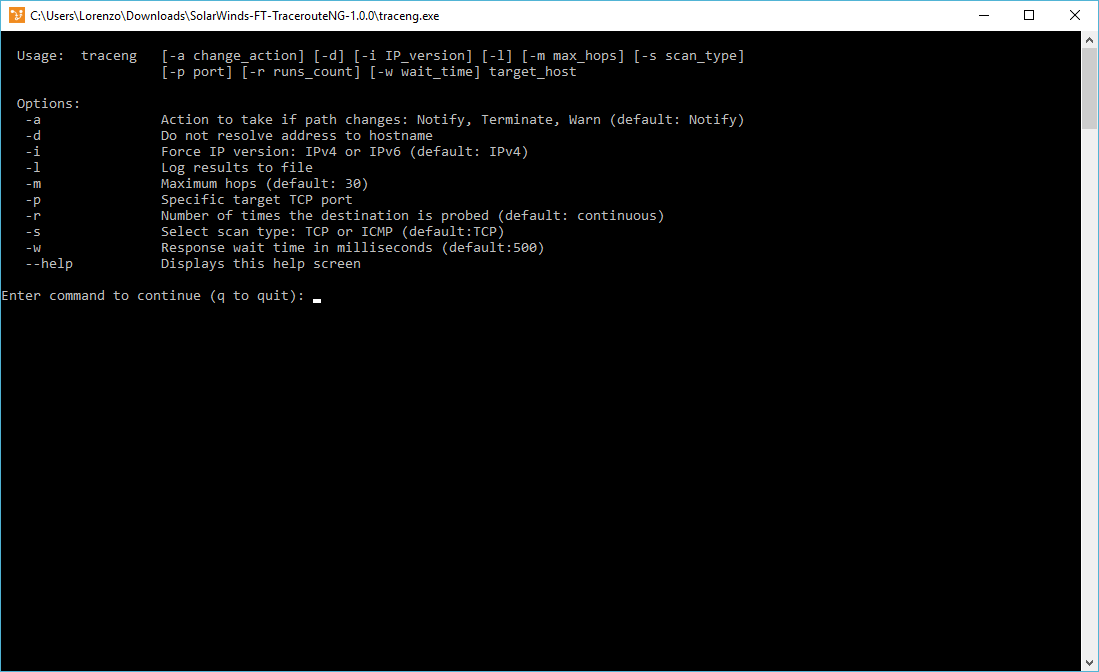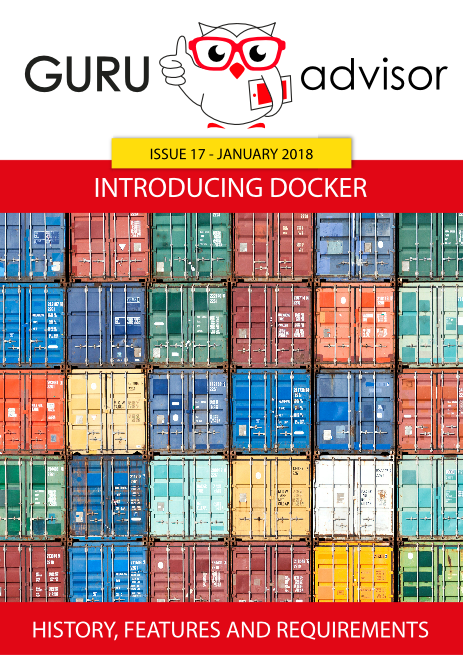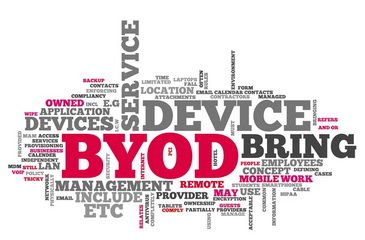- Details
-
Category: Word of the Day
-
Published: Tuesday, 03 January 2017 10:06
-
Written by Lorenzo Bedin
Eye-Fi is the name of a technology used with memory cards to transfer data from the card to the destination device in a wireless manner.
Usually memory cards with Eye-Fi capabilities are used with digital cameras.
- Details
-
Category: Word of the Day
-
Published: Monday, 02 January 2017 10:06
-
Written by Lorenzo Bedin
The term Dynamic DNS, or DDNS, describes a mechanism with which a DNS system is automatically updated as soon as the associated IP address (or domain) is changed.
A classic application of DDNS is when a host with a public IP must be in perfect correspondence with the same domain name.
In order to work, a DDNS requires a client to be installed on the host which owns the interested IP address or, as an alternative, it’s often integrated with the firmware of gateways and routers.
- Details
-
Category: Word of the Day
-
Published: Friday, 30 December 2016 10:06
-
Written by Lorenzo Bedin
The term public key infrastructure (PKI) usually describes the set of technologies that allow users on the Internet to establish secure connections to Web sites, services and other users. Such connections are secure thanks to the use of private and public encryption keys, which are provided by a dedicated authority called Certification Authority.
- Details
-
Category: Word of the Day
-
Published: Thursday, 29 December 2016 17:06
-
Written by Lorenzo Bedin
Bugzilla is an open source Web platform developed by the Mozilla Foundation that is used to track bugs in software. Within the Mozilla Foundation, Bugzilla is used to track bugs related to the project of the association itself, like Firefox and Thunderbird.
Any user can open a ticket with Bugzilla so that developers can start to work on it.
- Details
-
Category: Word of the Day
-
Published: Tuesday, 06 December 2016 08:30
-
Written by Guru Advisor
The term sniffer describes a software tool capable of intercepting (sniffing) data on a network, thus forcing a network card to accept packets that are not addresses to it. That allows the sniffer to grab all traffic without needing any authorization. For instance a password sniffer can analyze and record all the traffic on the network and collect all packets containing a password.
- Details
-
Category: Word of the Day
-
Published: Monday, 05 December 2016 08:30
-
Written by Guru Advisor
The term subnet mask indicates a 32-bit number that defines how many bits of the IP address of a host describe the network the host belongs to and how many the number of hosts belonging to the same network.
Usually it’s expressed in the form 255.255.255.0 or /24.
In general, 16 and 24-bit subnet masks are used, that is, the first N bits defines the network and the remaining describe single hosts.
- Details
-
Category: Word of the Day
-
Published: Monday, 05 December 2016 08:30
-
Written by Guru Advisor
A DNS server (Domain Name System) is a server that manages, stores and computer Internet domain names with the related records. In other words, a DNS server translates IP addresses into domain names and vice-versa on an IP network. With DNS Lookup it’s usually intended that process that gives a DNS record from the server itself.
- Details
-
Category: Word of the Day
-
Published: Friday, 02 December 2016 08:30
-
Written by Guru Advisor
Subnetting is a strategy used to subdivide a single network into smaller logical subnetworks (subnets), thus reducing the net network traffic and hiding the overall structure of the network itself to clients. On a geographical standpoint, subnetting allows a company to add subnets without having to purchase additional networks from their own ISP.
Subnet masks, which are one of the configuration parameters of the TCP/IP protocol, determines which subnet a client belongs to.
- Details
-
Category: Word of the Day
-
Published: Friday, 02 December 2016 08:30
-
Written by Guru Advisor
The term downlink refers to the process of sending data through the network from an upper to a lower level; traditionally, it’s used in the context of satellite transmissions, but it cans also be used in an IT context with regards to the flow of data between computers through networks.
As for the upstream, the unit of measure is Kilobyte.
- Details
-
Category: Word of the Day
-
Published: Thursday, 01 December 2016 08:30
-
Written by Guru Advisor
A thin client is a computer connected to a network which locally has limited software and is highly dependant upon the resources available on the network. Historically, this concept is related to mainframes, when clients were only used to connect to the central computer, which had a very powerful hardware and only ran software used remotely.
- Details
-
Category: Word of the Day
-
Published: Wednesday, 30 November 2016 08:30
-
Written by Guru Advisor
Upstream is the term used to indicate the sending or the flux of data from a client towards a server or remote destination. The speed at which the data transmission happens is called upstream rate.
- Details
-
Category: Word of the Day
-
Published: Tuesday, 29 November 2016 08:30
-
Written by Guru Advisor
WiGig is a new standard about data transmission on WiFi channels developed by the Wireless Gigabit Alliance (formed by giants such as AMD, Cisco, Dell, Broadcom,Intel Marvell, Nokia etc..) with the goal of promoting the improvement of speed in wireless connections. WiGig is also known as standard IEEE 802.11ad.
- Details
-
Category: Word of the Day
-
Published: Monday, 28 November 2016 08:30
-
Written by Guru Advisor
The term Data Integrity, when referred to an IT network frame, refers to the characteristics of completeness, accuracy and coherence of transmitted data. Data integrity is detected at the beginning and at the ending of a network transmission and it can be verified by means of checks on errors and related errors identification and correction protocols.
- Details
-
Category: Word of the Day
-
Published: Friday, 25 November 2016 08:30
-
Written by Guru Advisor
Bandwidth is a generic terms that defines the measure of transmitting capacity of a certain communication means (it’s usually expressed in bit/Kbit/Mbit/Gbit per second).
It can be used as a unit of measure regardless of the specific technology the transmission is realized with: cable, optical fibre, wireless, etc..
- Details
-
Category: Word of the Day
-
Published: Friday, 25 November 2016 08:30
-
Written by Guru Advisor
The term Bridge Router describes a network device that can be act both as a bridge and as a router. It can forward packets to the devices connected to LAN networks when there are no routing information and to external networks by means of TCP/IP. A bridge router works within the network and data link layers of the OSI model.
- Details
-
Category: Word of the Day
-
Published: Friday, 25 November 2016 08:30
-
Written by Guru Advisor
The term Cloud VPN describes a type of Virtual Private Network that leverages a Cloud platform to realize a private virtual connection between hosts instead of dedicated, on-premises servers and gateways for OpenVPN and the like. This way you can give a global VPN access to users by means of a cloud platform that can be reached anywhere with an Internet connection.
This kind of service is also known as Hosted VPN and VPN as a Service (VPNaaS).
- Details
-
Category: Word of the Day
-
Published: Thursday, 06 October 2016 08:30
-
Written by Guru Advisor
The term Egress Filtering represents a technique used in network security that is about filtering outgoing traffic with a dedicated firewall, before data is transmitted to other networks. This approach, which can prevent the diffusion of non-authorized traffic, is based on the analysis of data packets going across the firewall, which must be configured accordingly.
- Details
-
Category: Word of the Day
-
Published: Wednesday, 05 October 2016 08:30
-
Written by Guru Advisor
The term Darknet indicates all networks that are not indexed by the main search engines (ie. Google, Yahoo, Bing). Access and browsing on such networks is granted only to determined groups of users and often require an authorization, given the fact they are not publicly visible.
Moreover, browsing requires dedicated software, like the TOR browser used for the Deep Web.
- Details
-
Category: Word of the Day
-
Published: Wednesday, 05 October 2016 08:30
-
Written by Guru Advisor
A Storage Snapshot can be defined as a set of pointers (a kind of table) describing data saved on a particular storage. Snapshots can be applied to different storage devices (hard disks, SAN, specific file system, etc..).
The presence of snapshots in some cases (ie ZFS) allows to perform a rollback and bring back the storage to a previous working state after a malfunctioning or damage.
- Details
-
Category: Word of the Day
-
Published: Friday, 30 September 2016 08:30
-
Written by Guru Advisor
The .htaccess file is a configuration file of the Apache Web server that allows the administrator to define additional folder access and addressing options. Such file uses the same syntax of the other Apache configuration files and it must be placed inside the folder of the Web server that has to be configurated.
The use of .htaccess files guarantees an high control granularity on folders-
